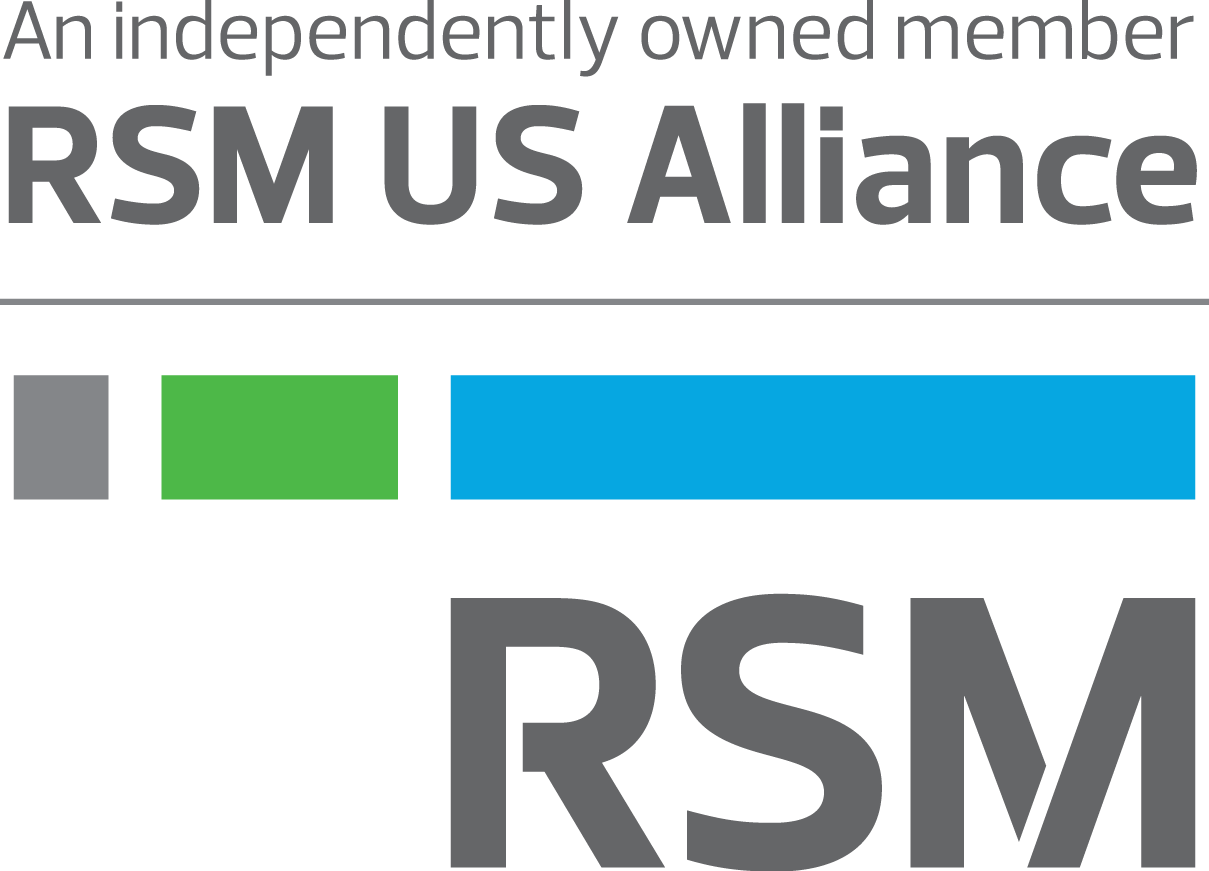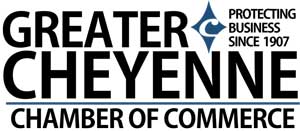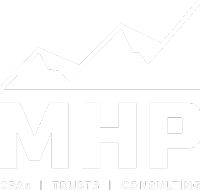Authored by RSM LLP
Ongoing uncertainty about the Build Back Better plan, proposed tax changes and other key tax issues requires attention and, potentially, action from taxpayers. As Democrats regroup in the early part of 2022 to try to advance the administration’s agenda, specific considerations can help taxpayers navigate the various unknowns.
In this edition of “Tax Policy Now,” RSM tax leaders update the legislative dynamics, highlight key issues at play and explain what companies might do to position themselves favorably.
Below is a transcript of the discussion between Jim Alex, RSM tax policy leader; Matt Talcoff, RSM national industry tax leader; and Dan Ginsburg, RSM public affairs leader. The conversation has been edited for clarity and length.
Dan Ginsburg: It wouldn’t be a “Tax Policy Now” without some mention of our favorite West Virginia senator, Joe Manchin, who made it clear that Build Back Better and its $1.75 trillion dollars in proposed new taxes is dead, at least in its previous form. However, we’ve all heard about a potential skinnied-down or alternative version that could contain significant tax changes as well. So, Jim, why don’t you give us the latest?
Jim Alex: Three things I’ll call out in answering your question. First, there clearly still is a desire by the Democrats to get something done, as you said. It may be skinnied-down, maybe it’ll be the full package, but there’s clearly still a desire to do that. And that obviously entails, on the spend side, social spending and climate-oriented spending.
Number 2, Sen. Manchin, although in December famously said the bill is dead, still is showing a desire to work on the tax code. He said this as recently as last week, with regard to possible tax increases, that he could be in favor of “fixing the code” vis-à-vis what transpired with regard to tax reform under President Donald Trump.
The third is, in our conversations up on Capitol Hill, we hear different things—that it will get done, it won’t get done. So, it’s not clear, but we’re certainly getting different points of view that this desire will get implemented as the year unfolds.
Dan: I got you. So, what do you see ahead for the short term?
Jim: Short term, three things: Obviously, there are several issues that are taking up a lot of focus. Ukraine, for example. Election reform, we saw. So, there are issues now that are moving front and center.
Second, as you know, we have a Democratic senator from New Mexico who had suffered a mild stroke and was out, so they can’t get things done until that senator is back on the floor.
And then, we’re obviously talking a lot about the Senate, but still the House has to pass the measure as well. And there’s still a lot of negotiating that needs to get done in the House between the progressives and the moderates. And so, short term, they’ve got some agenda items in front of them, but eventually we’ll have to see about their desire and focus to return to something similar to Build Back Better.
Dan: I got you. And Build Back Better: The Democrats did coalesce around a tax package that didn’t actually increase corporate and individual tax rates. Does this mean we would expect any similar legislation to follow the same approach?
Jim: Well, my first answer is, as always, nobody’s sure what ultimately will transpire. What we did see is an interesting dynamic between Sens. Manchin and Kyrsten Sinema. Sen. Manchin was in favor—is in favor—of raising taxes. Sen. Sinema is less so, and that created the change in the structure of the bill in the fall. So we’ll have to see how that dynamic plays out yet. Again, Sen. Manchin as late as last week said he’d be in favor of tax increases. We still have to understand how Sen. Sinema would agree to that.
Dan: We’ve all also heard about significant problems at the IRS. It has been all over the news recently, and we recall that in Build Back Better, they had included $80 billion in IRS funding. Where does this currently stand?
Jim: Two things. One is that spend is in Build Back Better, as you identified. Unless Build Back Better or some form of it comes back, we’re likely not going to see a spend that large, of $80 billion.
There certainly could be an additional increase in budget for the IRS through the normal budget process. That may well transpire, but in terms of the $80 billion—which obviously could be focused a lot in terms of enforcement—unless Build Back Better comes back in some form, we’re likely not to see that kind of spend with regard to the IRS.
One other thing, too: Because Build Back Better didn’t pass, this issue regarding R&D expenses was not solved, which means now we’re into a new year, and the law has changed. The ability to immediately expense R&D expenses has ended, and instead they have to be capitalized and depreciated over a several-year period, depending on the nature of the expenditure. That’s important, but that has not been solved as well.
Dan: Yeah, we know that’s a big issue for clients. While there’s always a chance it could be included in an omnibus spending package, which now looks like it’ll be coming in the March time frame, there are questions about the viability of that. So, at this point, the most likely outcome feels like a fix could be enacted late 2022 or early 2023 by a lame-duck Congress, assuming there’s bipartisan support. But for now, the measure remains in place.
Given this uncertainty, Matt, let’s turn to you. The fact that as of Jan. 1, 2022, the new law went into effect, how are we advising clients to react?
Matt Talcoff: Yeah, this is a complicated area. Clients are now realizing that they need to make difficult decisions with respect to accounting and cash flow matters. So first, we have the current law, which is that we need to capitalize. So we need to address that with our quarterly provisions. We certainly need to deal with it with respect to March or April estimates that are coming up for our calendar-year clients. And we’re also wrestling with incorporating all these items into how you deal with the financial statements.
The second part is really, really, really dealing with the complicated issues of figuring out what is truly an R&D expense versus a normal trade or business expense. Most businesses have not had to consider that in the last few years because both were immediately expensed, but now there is a different rule for that, so we need to follow that closely.
Dan: Gotcha. So more broadly, Matt, the discussion that we just had with Jim on the broader question of changes in tax policy that may or may not happen, how are you advising clients at this point to deal with that uncertainty?
Matt: We’ve been talking about this for maybe 14 months as we’ve been preparing for a potential tax change. So, we have to deal with the fact that we don’t have changes now, but there may be an increase in tax rates based on what we know about the Build Back Better plan—if it does get passed.
So, first, capital expenditure planning. Should we make elections in 2021 to elect bonus depreciation and expense our capital costs in 2021? Or do we want to push them out into 2022 and beyond and get potentially a better benefit with higher tax rates for those expenses? That’s one thing we’re considering.
Another thing is transactions. A lot of clients went through transactions in 2021 and they’re asking questions about installment sales. If they received some funds up front, but other funds will come later, there’s an ability to push out the taxability of those payments into a subsequent year. But there are questions about whether a taxpayer would want to do that if in fact there will be rate increases.
And then we’re also dealing with general methods. Certainly, taxpayers can make decisions after 2021 year closed and before they file their tax return. So they need to be very careful thinking about, do we elect something where we maybe accelerate income into last year or push out expenses into this year or beyond based on what might happen in the future on these tax rates?
And then, finally, a good one to talk about for some of our clients is LIFO (last-in, first-out inventory). Supply chain issues have been complicating things this year, and there could be a significant pickup in taxable income. And I know there’s a lot of discussion on Capitol Hill about whether there could be a fix for that.
Dan: Great thoughts as always, gentlemen. Interesting to think about and still a lot to be determined as 2022 unfolds toward midterm elections and perhaps even into early 2023. But good to hear some specifics about some concrete actions that businesses can and should be taking.
Let’s Talk!
Call us at (307) 634-2151 or fill out the form below and we’ll contact you to discuss your specific situation.
This article was written by James Alex, Matt Talcoff and originally appeared on Feb 10, 2022.
2022 RSM US LLP. All rights reserved.
https://rsmus.com/insights/services/business-tax/navigating-the-uncertain-fates-of-build-back-better-and-key-tax-.html
The information contained herein is general in nature and based on authorities that are subject to change. RSM US LLP guarantees neither the accuracy nor completeness of any information and is not responsible for any errors or omissions, or for results obtained by others as a result of reliance upon such information. RSM US LLP assumes no obligation to inform the reader of any changes in tax laws or other factors that could affect information contained herein. This publication does not, and is not intended to, provide legal, tax or accounting advice, and readers should consult their tax advisors concerning the application of tax laws to their particular situations. This analysis is not tax advice and is not intended or written to be used, and cannot be used, for purposes of avoiding tax penalties that may be imposed on any taxpayer.
RSM US Alliance provides its members with access to resources of RSM US LLP. RSM US Alliance member firms are separate and independent businesses and legal entities that are responsible for their own acts and omissions, and each are separate and independent from RSM US LLP. RSM US LLP is the U.S. member firm of RSM International, a global network of independent audit, tax, and consulting firms. Members of RSM US Alliance have access to RSM International resources through RSM US LLP but are not member firms of RSM International. Visit rsmus.com/aboutus for more information regarding RSM US LLP and RSM International. The RSM(tm) brandmark is used under license by RSM US LLP. RSM US Alliance products and services are proprietary to RSM US LLP.

MHP, LLP is a proud member of RSM US Alliance, a premier affiliation of independent accounting and consulting firms in the United States. RSM US Alliance provides our firm with access to resources of RSM US LLP, the leading provider of audit, tax and consulting services focused on the middle market. RSM US LLP is a licensed CPA firm and the U.S. member of RSM International, a global network of independent audit, tax and consulting firms with more than 43,000 people in over 120 countries.
Our membership in RSM US Alliance has elevated our capabilities in the marketplace, helping to differentiate our firm from the competition while allowing us to maintain our independence and entrepreneurial culture. We have access to a valuable peer network of like-sized firms as well as a broad range of tools, expertise, and technical resources.
For more information on how the MHP, LLP can assist you, please contact us.










